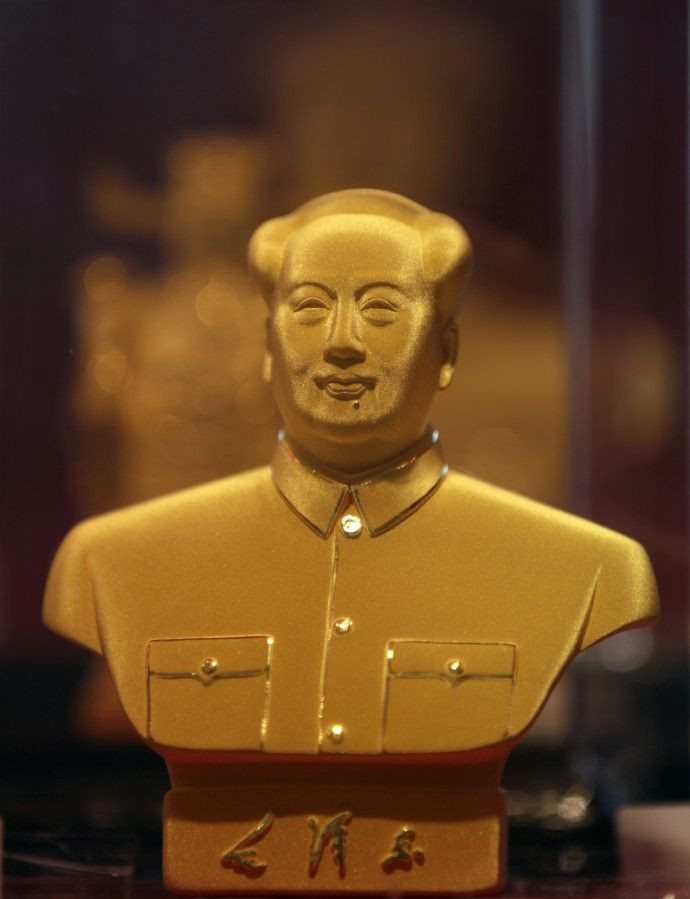Average Chinese will be richer than average American within 3 decades: Lazear

At present respective growth rates, the average Chinese person will be wealthier than the average American in 27 years, according to Ed Lazear, a Stanford University economics professor.
“We are talking about a very different world if we don’t get our growth rates back up,” he told CNBC.
“We need to be focusing on the kinds of policies that are aimed toward long-term growth, rather than the policies that fix things for the next six months,” he said.
“It means keeping taxes low, getting the fiscal situation in order, keeping spending down, having a positive climate for business and investing in human capital,” added Lazear, who also served as also the chairman of the President’s Council of Economic Advisors under George W. Bush.
“Those are the main ingredients, the time-tested ones that have worked not only in the U.S., but have worked around the world and I think we need to get back on that track.”
Lazear also asserted that China is one of the most capitalist, free-market economies in the world.
“Both China and India… took off when they moved in the direction of very significant market reforms,” he said. “It was the move away from the state running the economy that got them [China and India] to take off. That’s the best evidence for the effect on the market for economic growth.”
Morgan Stanley forecasts 9 percent GDP growth for China next year; 7.9 percent for India. Most analysts are forecasting about 2.5 percent economic expansion in the U.S.
© Copyright IBTimes 2025. All rights reserved.





















